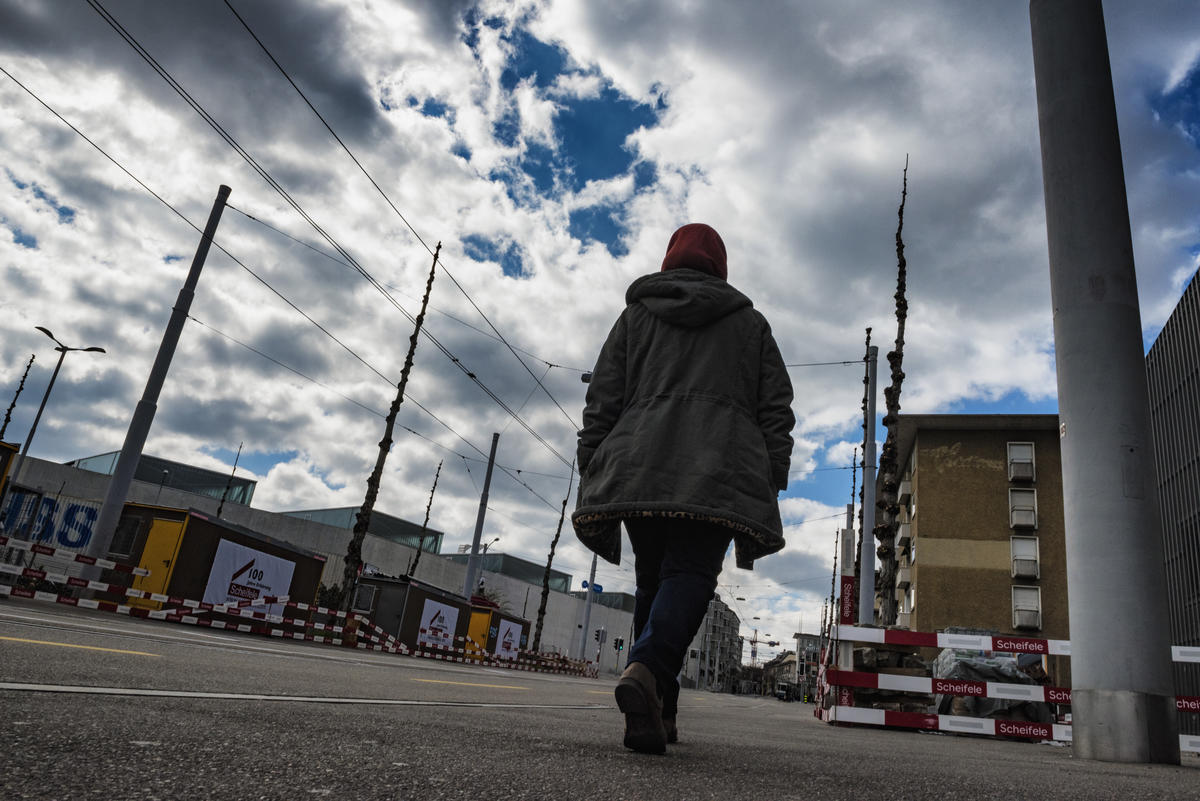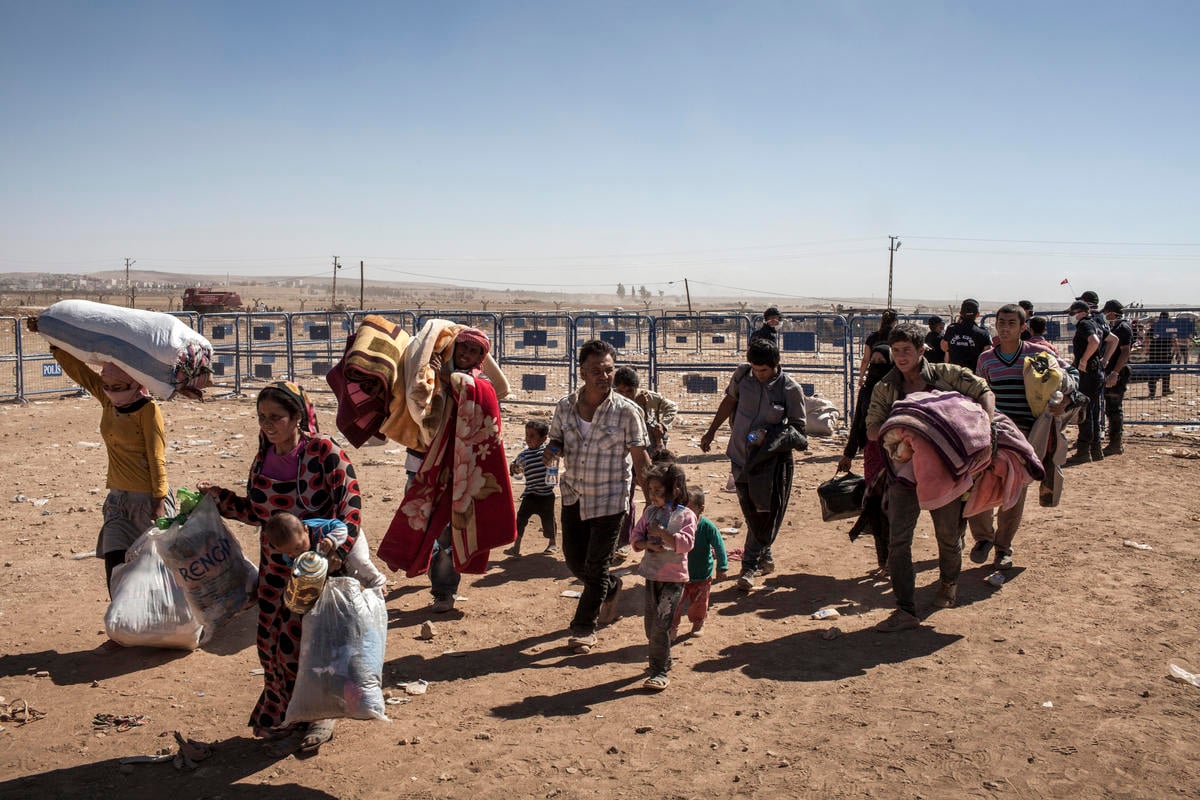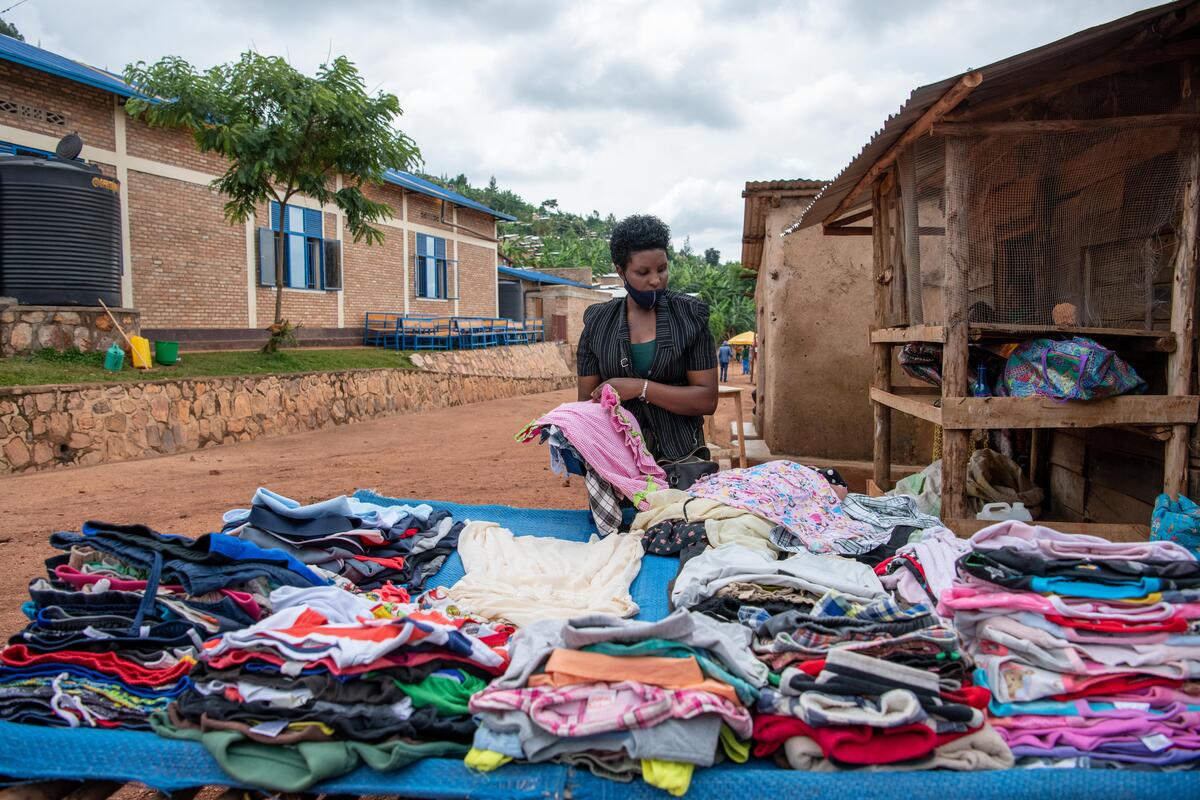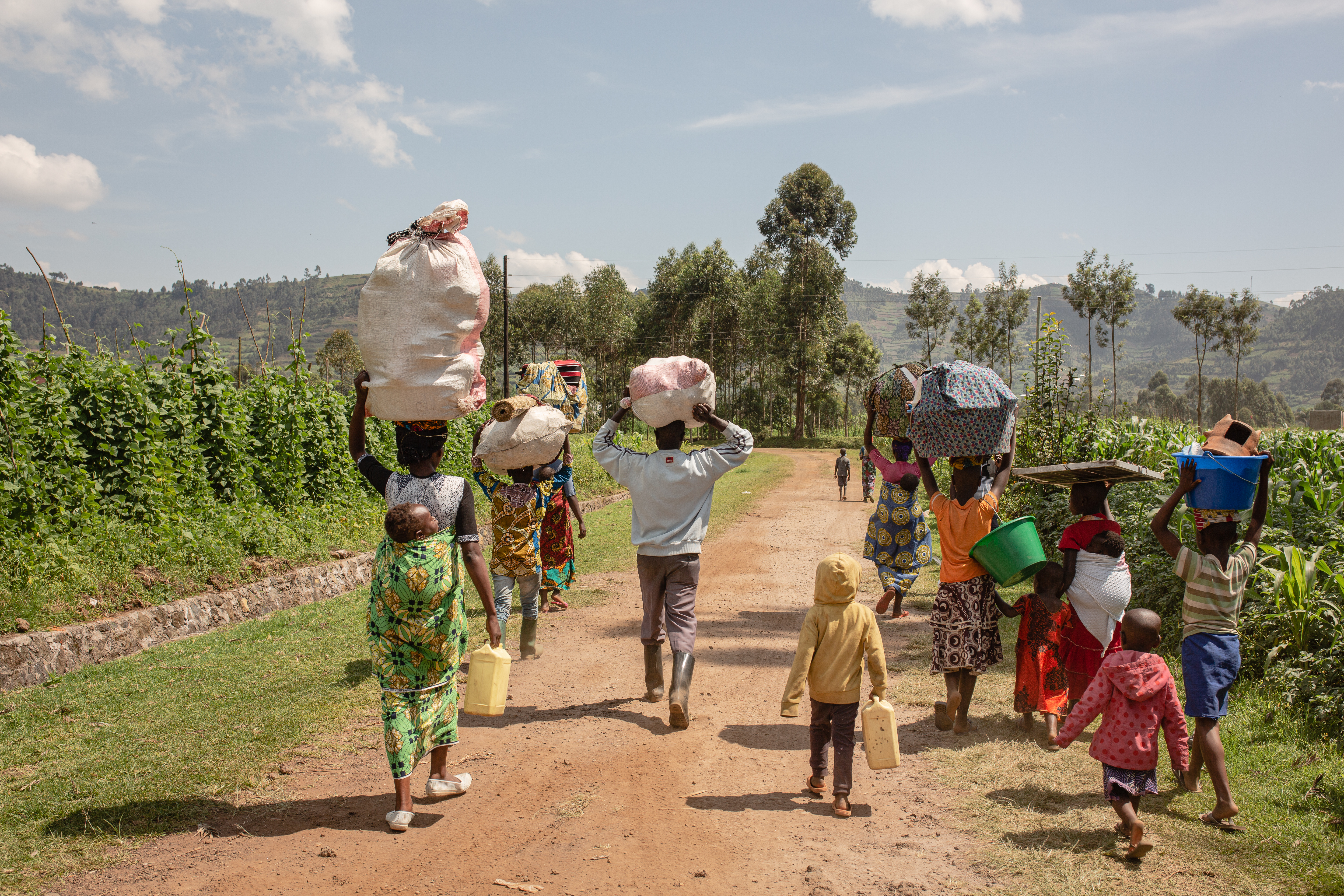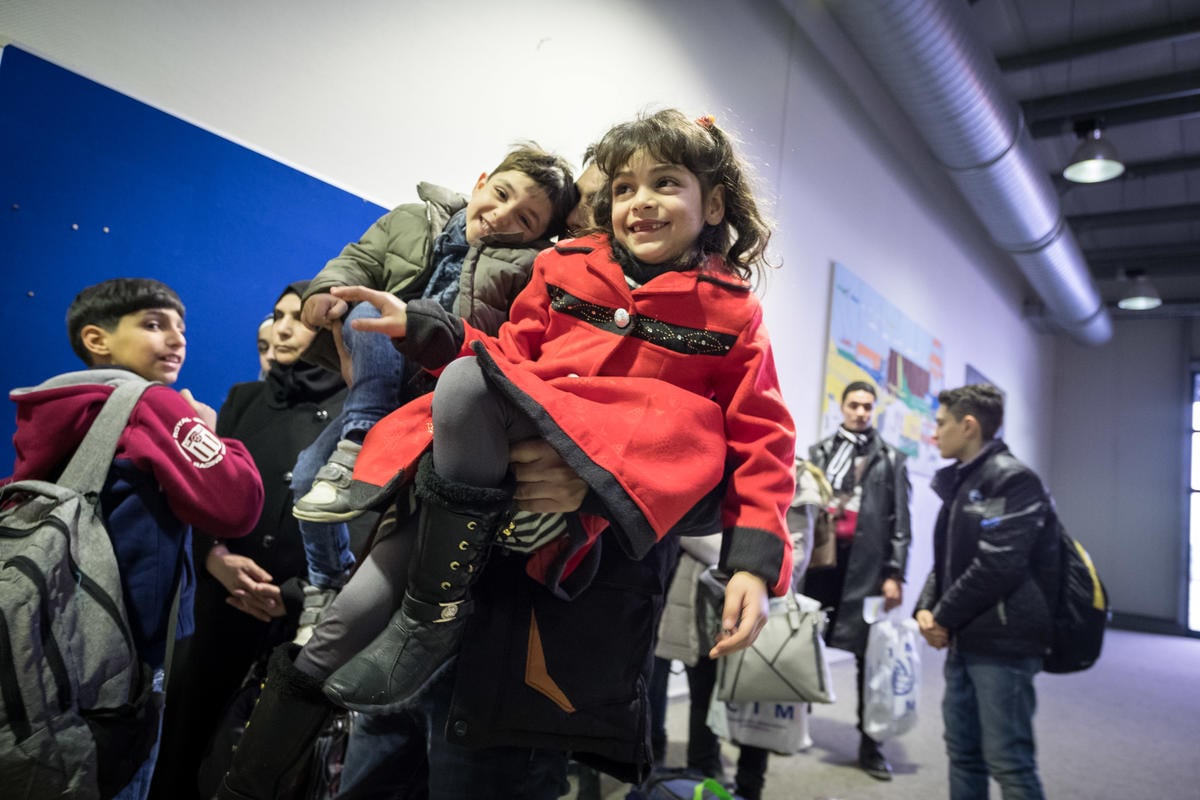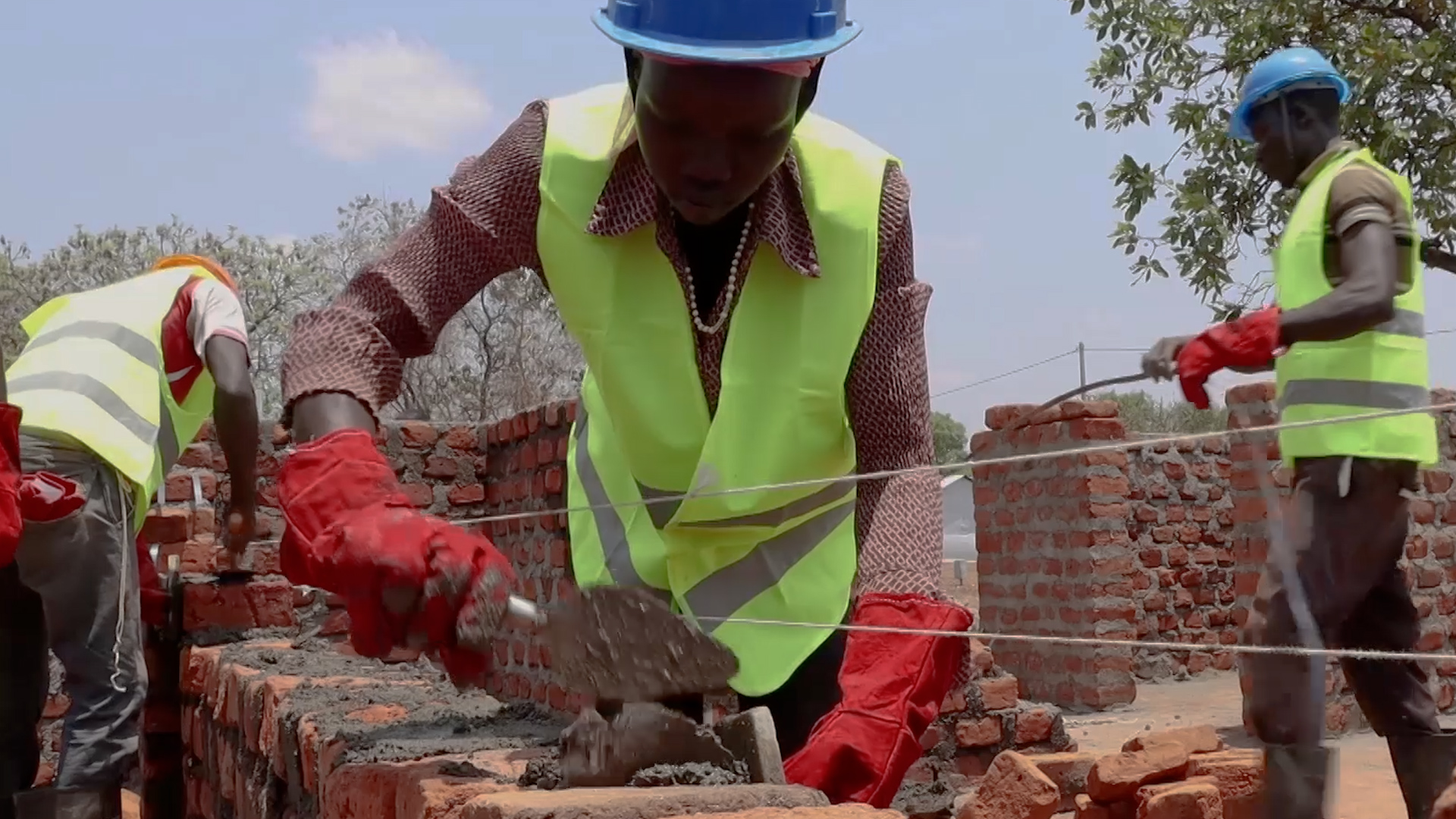"Another teacher has left"
Luisa*, who had been a fellow teacher at his school in Tegucigalpa, Honduras, had joined thousands of other displaced people in those same neighbourhoods to escape gang violence.
Schools are ideally a setting where people are safe. Yet teachers and students in Honduras routinely face extortion, threats and sexual harassment.
“We live in fear, but most importantly we do not know who to turn to to get help,” Ernesto said. “Some teachers have had to move to other locations, to other schools. They have been displaced by violence.”
"We do not know who to turn to to get help.”
Violence affects around 60,000 teachers nationwide – 69 per cent struggle to protect themselves, according to a recent report by the government of Honduras. Since 2010, 90 teachers have been murdered by gangs.
“But we are now working on the prevention of violence so that teachers feel safer,” Ernesto said. All he wants is a school where students can learn – and teachers can teach – without fear.
The Education Ministry of Honduras reported that over 200,000 students dropped out of school between 2014 and 2017 for several reasons, including gang violence. Some were under pressure to find jobs to be able to make extortion payments under death threats.
For students under threat, schools can be safe havens where they can find guidance and support. According to the Education Ministry, more than 700 schools in Honduras are at risk, affecting more than 180,000 students and around 60,000 teachers at the national level.

“My teachers always believed in me, even if I was the class clown,” said Mario*, one of Ernesto’s former students. He credits Ernesto with helping him stay in school and out of trouble. He managed to stick it out long enough to graduate from high school.
“I had many complications in the course of my life because of a job I had as a motorcycle taxi driver,” said Mario. “I was close to losing my life on several occasions. This led to depression, fear and apathy.”
Braving those fears, he is now determined to thrive.
“Today I am willing to reach my goals. I have this strength because of teachers like Ernesto.”
Finding safety in Honduras
Despite a drop in murder rates over the last three years, Honduras continues to experience a high incidence of violence, especially in areas under gang control. Daily death threats and limitations on freedom of movement are rampant, having forced at least 174,000 people to flee their neighbourhoods in ten years, as reported in a government profiling study.
Violence and persecution greatly affect the education sector. Between 2016 and 2017, 500 teachers requested to be transferred in a single year, and at least 10 did so on a daily basis around the capital city of Tegucigalpa.
UNHCR is working in close coordination with the government, civil society, other UN agencies and regional bodies, maintaining a presence in at least 14 high-risk areas in San Pedro Sula and Tegucigalpa to monitor and mitigate protection risks. This is part of a new inter-institutional approach to help displaced people and their host communities known as Comprehensive Regional Protection and Solutions Framework (MIRPS in Spanish).
UNHCR strengthens community networks, including in schools where teachers face high levels of violence. It has also provided basic self-protection training and has supported the creation of a teachers’ committee, where teachers are designing protection plans and policies to address violence.
* Names changed for protection reasons.



